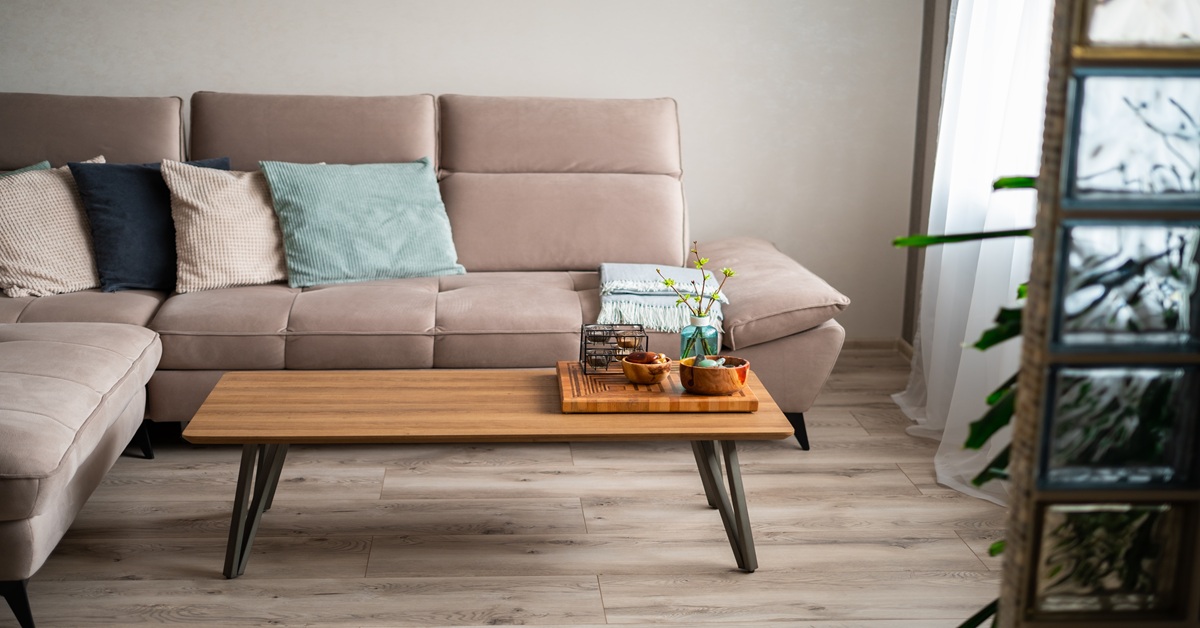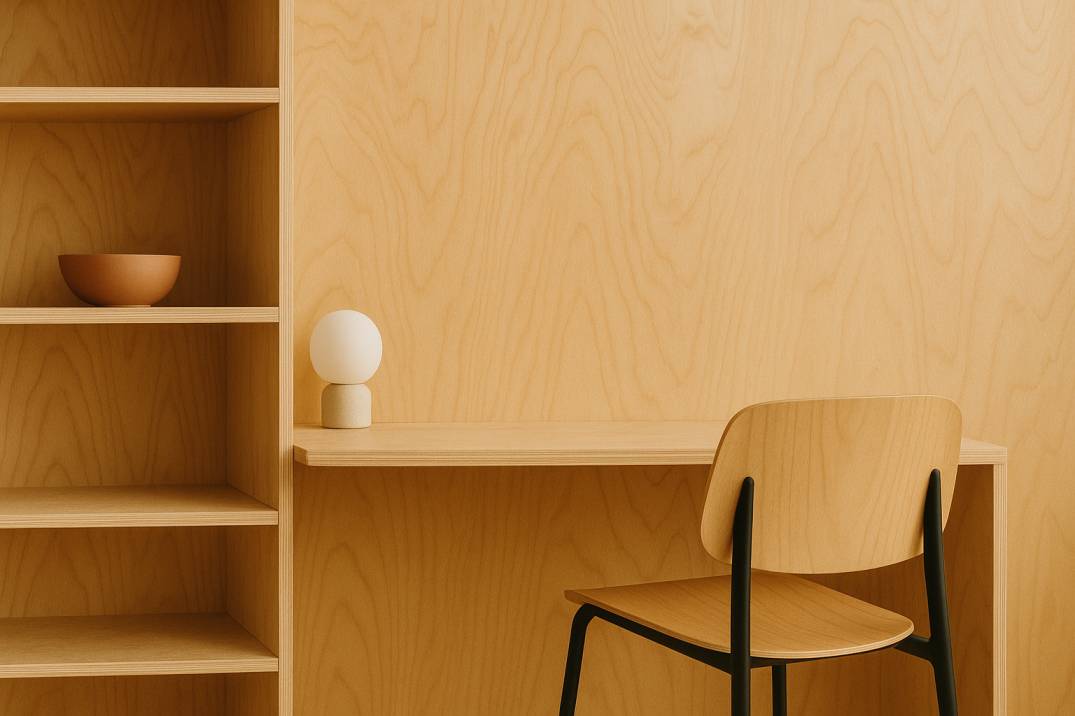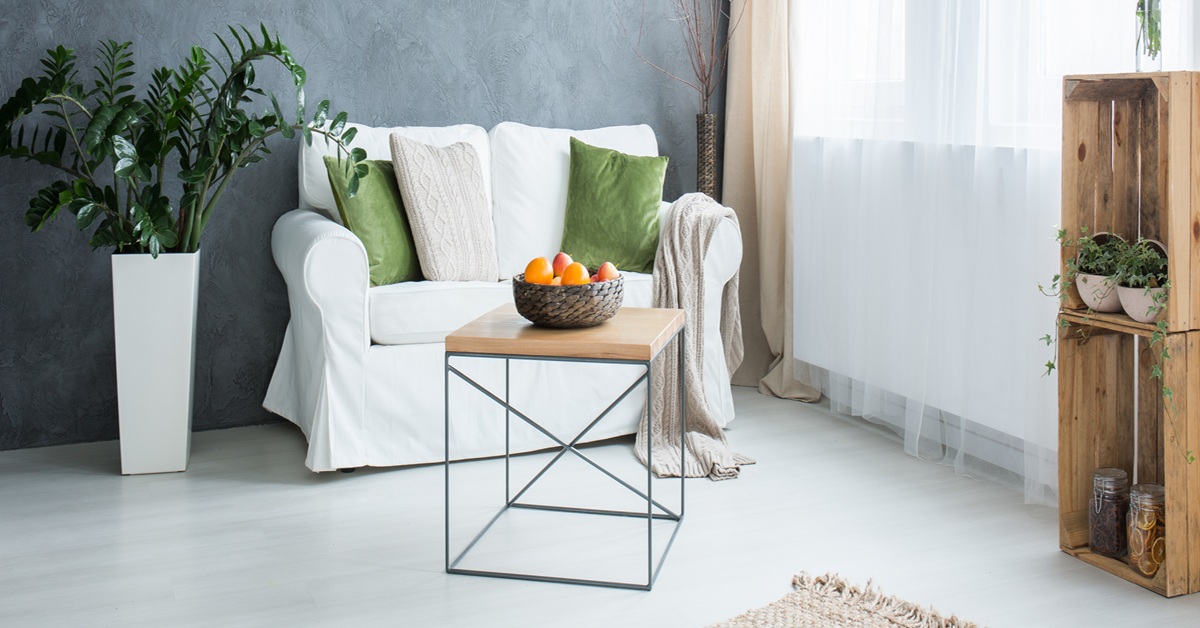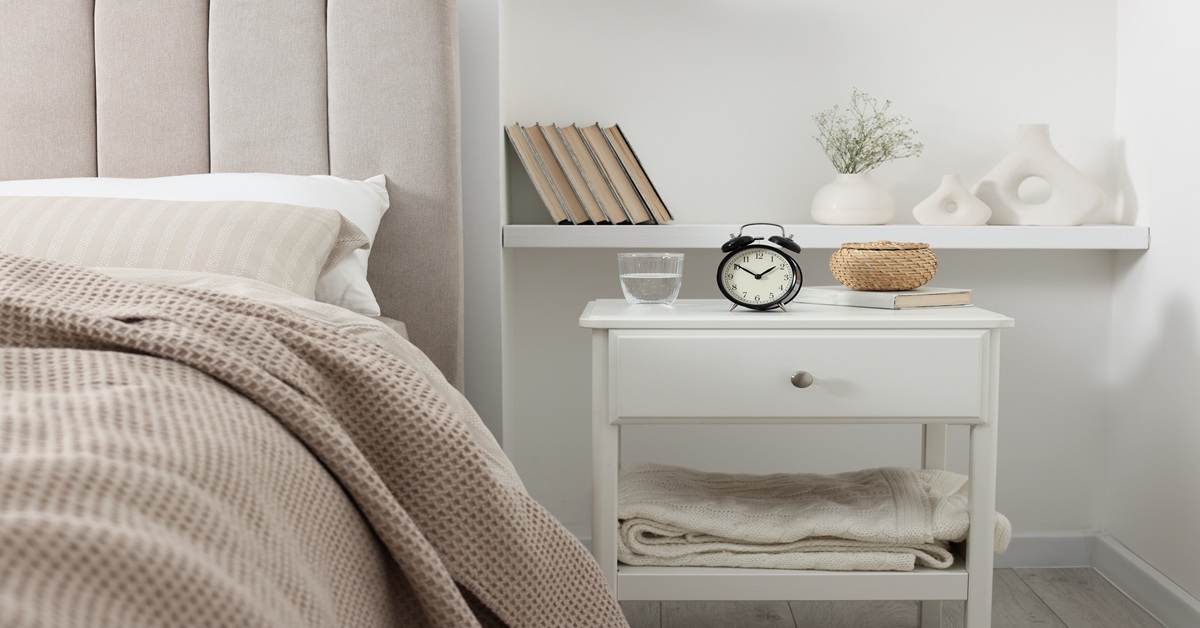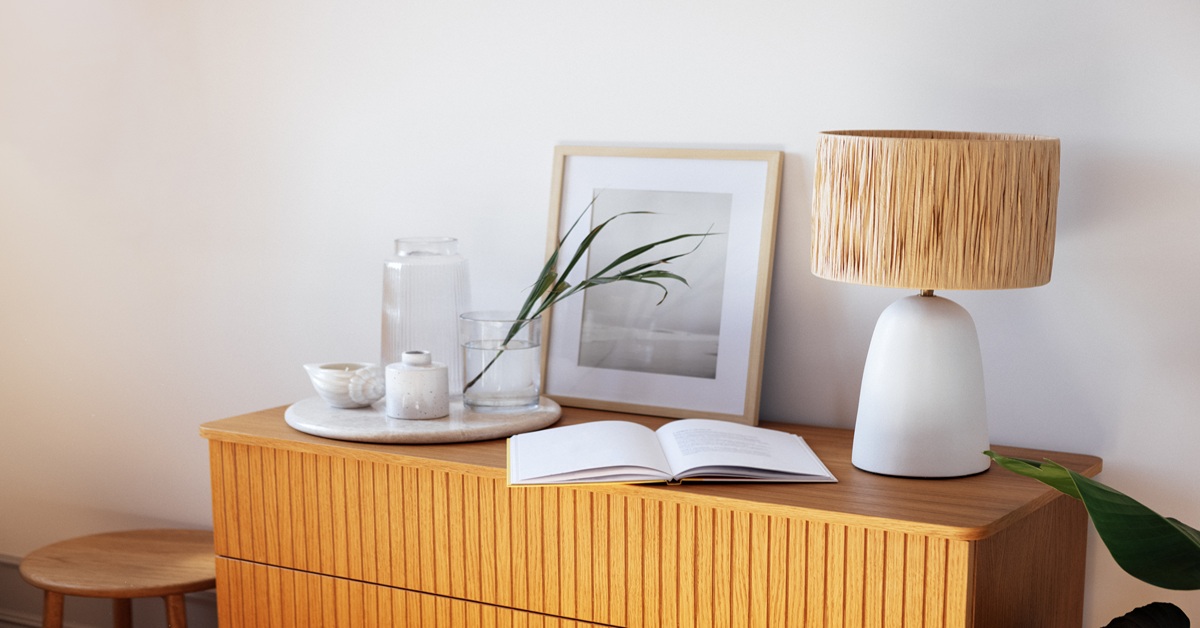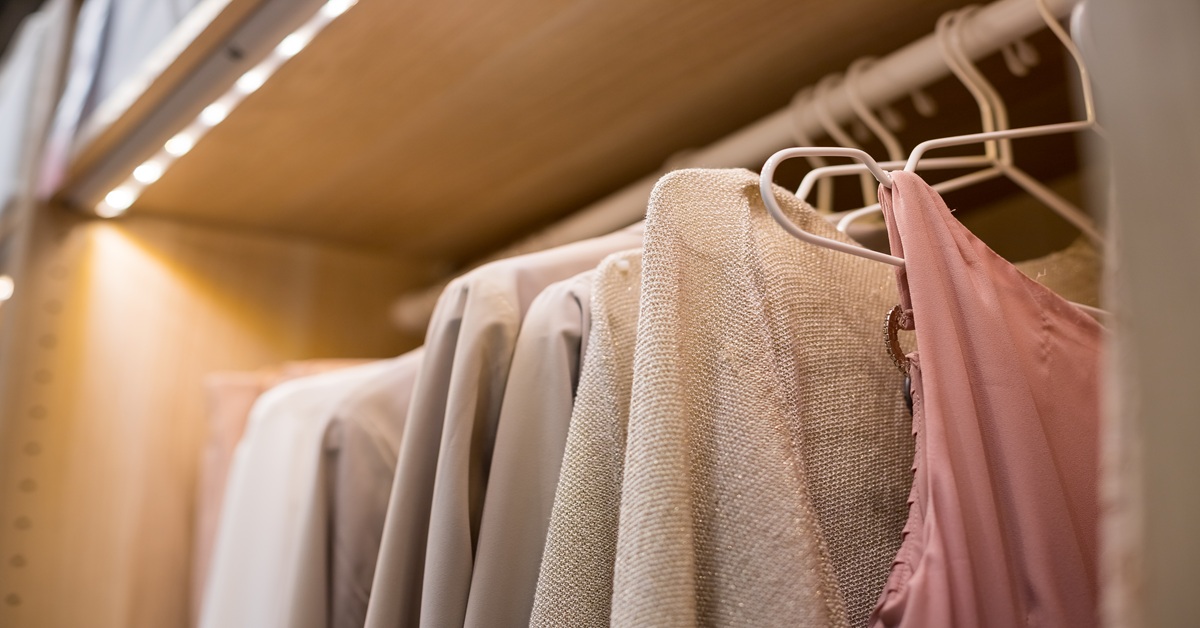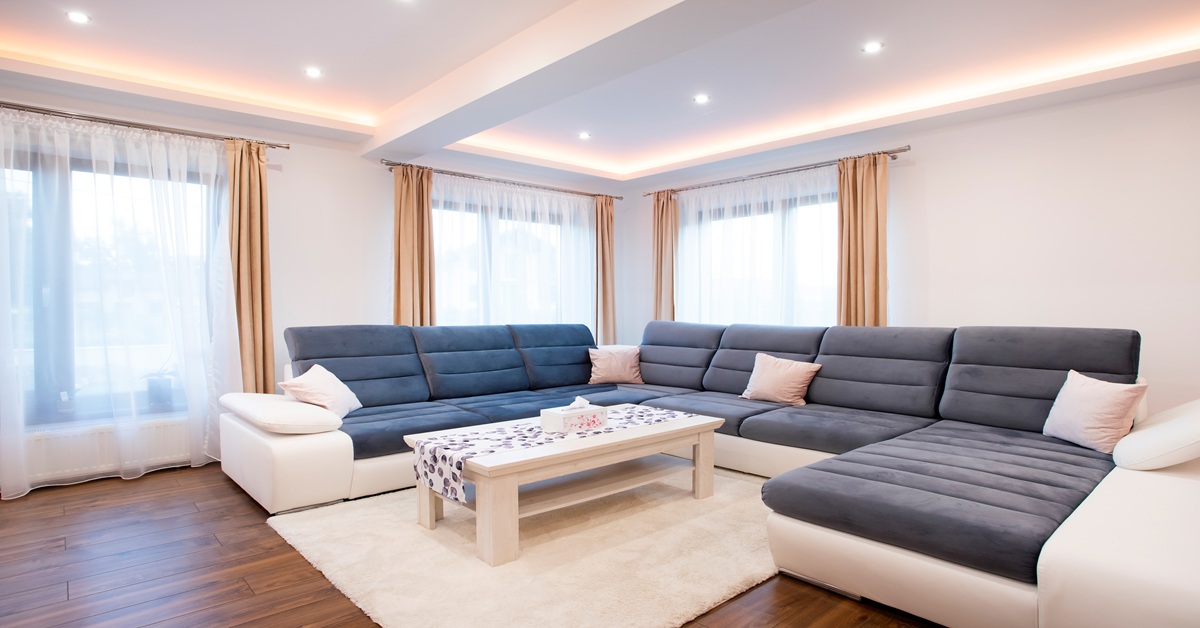Introduction
In the world of woodworking and interior design, the term “veneer plywood” often conjures images of elegance, sophistication, and versatility. Veneer plywood combines the strength and durability of traditional plywood with the aesthetic appeal of high-quality wood veneers, making it a popular choice for a wide range of applications. In this blog, we will explore the unique beauty of veneer plywood, its various types, applications, and the benefits it offers to both professionals and DIY enthusiasts. Whether you are crafting furniture, designing interiors, or simply looking to enhance the aesthetic appeal of a space, veneer plywood presents an exceptional solution.
Table of Contents
ToggleWhat is Veneer Plywood?
Veneer plywood is an engineered wood product composed of thin layers, or “veneers,” of fine wood bonded to a plywood core. The core layers are typically made from lower-cost wood species, while the outer veneer layers are made from high-quality, aesthetically pleasing woods such as oak, cherry, walnut, or maple. This construction method provides the strength and stability of plywood while showcasing the beauty of the chosen veneer on the surface.
The Aesthetic Appeal of Veneer Plywood
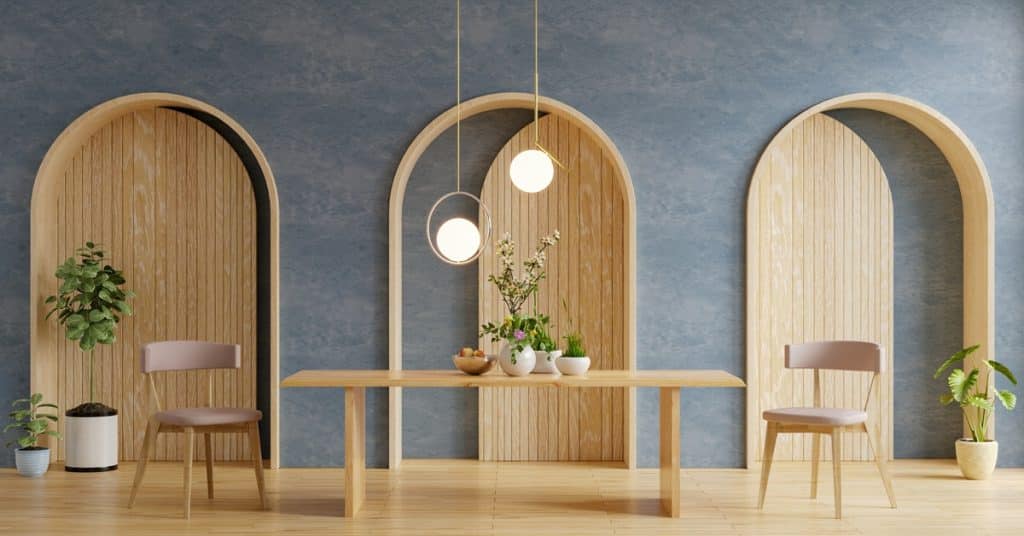
1. Natural Beauty: Veneer plywood captures the natural beauty and unique grain patterns of real wood, offering an authentic and luxurious look. Each veneer layer presents a distinct appearance, giving designers and builders the flexibility to choose from a variety of wood species and finishes to match their design vision.
2. Versatility: One of the significant advantages of veneer plywood is its versatility. It can be used in numerous applications, from furniture making and cabinetry to wall panelling and decorative accents. The wide range of available veneers allows for endless design possibilities, making it suitable for both modern and traditional aesthetics.
3. Consistency and Uniformity: Unlike solid wood, which can have natural imperfections and inconsistencies, veneer plywood offers a more uniform appearance. The manufacturing process ensures that each sheet of veneer plywood maintains a consistent look, which is particularly important for projects that require a cohesive and polished finish.
4. Customisation: Veneer plywood can be easily customised to achieve the desired look. It can be stained, painted, or finished in various ways to enhance its natural beauty or to match a specific colour scheme. This flexibility allows designers to create unique and personalised pieces that stand out.
5. Cost-Effective Luxury: While solid wood can be expensive, veneer plywood provides a cost-effective alternative without compromising on the luxurious appearance of high-quality wood. By using a plywood core with a thin layer of premium veneer, projects can achieve the look and feel of solid wood at a fraction of the cost.
Types of Veneer Plywood
Veneer plywood is available in several types, each offering distinct characteristics and benefits. Understanding these types will help you select the right veneer plywood for your specific needs.
1. Natural Wood Veneer Plywood: Natural wood veneer plywood features real wood veneers that highlight the authentic grain patterns and textures of various wood species. This type of veneer plywood is prized for its natural beauty and is often used in high-end furniture, cabinetry, and interior design projects.
2. Engineered Wood Veneer Plywood: Engineered wood veneer plywood, also known as reconstituted or composite veneer plywood, is made from wood fibres and resins that are engineered to mimic the appearance of natural wood. This type offers a more consistent grain pattern and can be produced in a wider range of colours and finishes.
3. Rotary-Cut Veneer Plywood: Rotary-cut veneer plywood is made by rotating a log against a blade to peel off a continuous sheet of veneer. This method produces large, wide sheets of veneer with a distinctive grain pattern. Rotary-cut veneer plywood is often used in applications where large, uninterrupted surfaces are desired.
4. Sliced Veneer Plywood: Sliced veneer plywood is produced by slicing the log along its length, creating veneers with more pronounced and linear grain patterns. This type of veneer plywood is commonly used in high-end furniture and cabinetry where a more refined and elegant appearance is required.
5. Quarter-Sawn Veneer Plywood: Quarter-sawn veneer plywood is made by cutting the log into quarters before slicing it into veneers. This method produces veneers with a straight grain pattern that is highly valued for its stability and aesthetic appeal. Quarter-sawn veneer plywood is often used in fine furniture and architectural millwork.
Elevate your furniture with Wigwam Veneer Plywood, strength you can rely on, beauty you can see.
Applications of Veneer Plywood
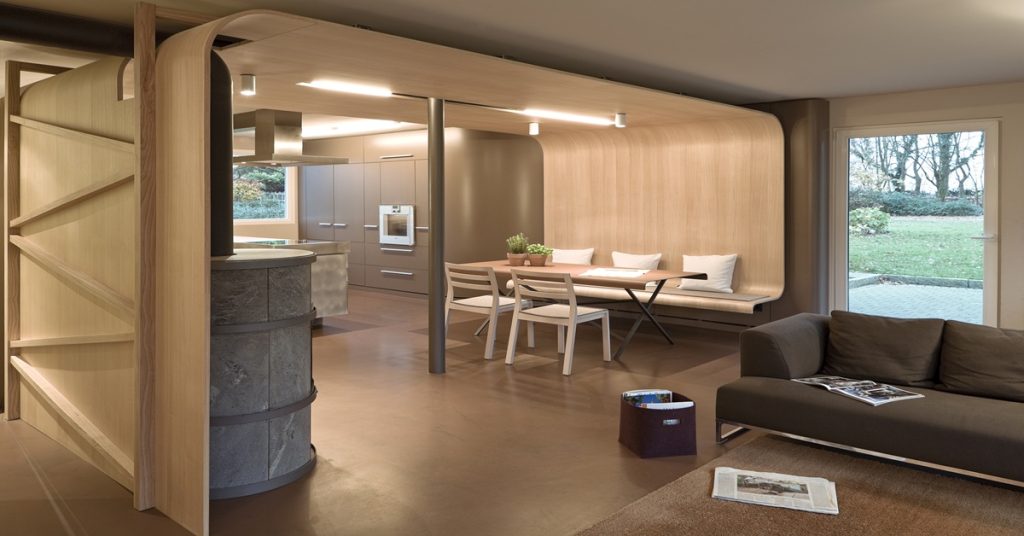
The versatility and beauty of veneer plywood make it suitable for a wide range of applications. Here are some of the most common uses:
1. Furniture Making: Veneer plywood is extensively used in furniture making due to its aesthetic appeal and structural integrity. It is ideal for creating high-quality pieces such as tables, chairs, cabinets, and bookcases. The variety of available veneers allows furniture makers to achieve the desired look and finish for their creations.
2. Cabinetry: In kitchen and bathroom cabinetry, veneer plywood is a popular choice for its durability and attractive appearance. The smooth, uniform surface of veneer plywood provides an excellent base for staining or painting, resulting in beautiful and functional cabinets.
3. Interior Wall Panelling: Veneer plywood is often used for interior wall panelling to add warmth and sophistication to a space. Whether in residential or commercial settings, veneer plywood panels can create a stunning focal point, enhance acoustic properties, and provide a sense of luxury.
4. Doors and Millwork: Doors, mouldings, and other architectural millwork benefit from the strength and beauty of veneer plywood. The high-quality veneers used in these applications ensure a refined finish that complements the overall design of the space.
5. Decorative Accents: Veneer plywood can be used to create decorative accents such as wainscoting, ceiling panels, and custom trim. These accents add character and visual interest to interiors, elevating the overall aesthetic.
6. DIY Projects: For DIY enthusiasts, veneer plywood offers an accessible and cost-effective way to create custom pieces. From shelving and storage solutions to artistic wall hangings and home décor, veneer plywood provides the flexibility and ease of use needed for creative projects.
Benefits of Veneer Plywood
1. Strength and Stability: The plywood core of veneer plywood provides exceptional strength and stability, reducing the risk of warping, cracking, and splitting. This makes veneer plywood a reliable choice for both structural and decorative applications.
2. Eco-Friendly Option: Using veneer plywood is an environmentally friendly choice, as it maximises the use of wood resources. By using thin layers of high-quality wood veneer over a plywood core, less wood is required compared to solid wood products.
3. Easy to Work With: Veneer plywood is easy to cut, shape, and finish, making it a convenient material for both professionals and DIY enthusiasts. Its consistent quality ensures smooth and precise cuts, reducing the risk of errors and waste.
4. Enhanced Aesthetic Appeal: The natural beauty of wood veneers adds a touch of elegance and sophistication to any project. The variety of available veneers allows for endless design possibilities, ensuring that each piece is unique and visually appealing.
5. Cost-Effective: Veneer plywood offers the luxurious look of high-quality wood at a more affordable price. This cost-effectiveness makes it an attractive option for a wide range of projects, from high-end furniture to budget-friendly DIY creations.
Discover Wigwam Veneer Plywood, where durability meets timeless elegance. Explore our range today!
Conclusion
Veneer plywood is a remarkable material that combines the best of both worlds: the strength and durability of plywood with the beauty and elegance of fine wood veneers. Its versatility, aesthetic appeal, and cost-effectiveness make it an ideal choice for a wide range of applications, from furniture making and cabinetry to interior wall panelling and decorative accents.
By understanding the different types of veneer plywood, their applications, and the benefits they offer, you can make informed decisions for your next project. Whether you’re a professional woodworker or a DIY enthusiast, veneer plywood provides the perfect solution for creating stunning, high-quality pieces that enhance the beauty and functionality of any space.
Embrace the beauty of veneer plywood and unlock the potential to transform your projects into works of art that stand the test of time. Check out Wigwam Ply today.
FAQS
1. What makes veneer plywood different from regular plywood?
Veneer plywood has a premium layer of natural wood veneer on the surface, giving it the beauty of real wood while maintaining the strength and stability of regular plywood.
2. Is veneer plywood durable enough for everyday furniture?
Yes, veneer plywood is strong, stable, and resistant to warping or cracking, making it an excellent choice for furniture, cabinetry, and interiors.
3. Can veneer plywood be customised to match my interior design?
Absolutely. Veneer plywood can be stained, polished, or finished in various ways to match modern, traditional, or custom design themes.
4. Is veneer plywood eco-friendly?
Yes, veneer plywood uses thin layers of high-quality wood over a plywood core, making it a sustainable option that reduces the need for solid wood.
5. Why choose Wigwam Ply for veneer plywood?
Wigwam Ply offers premium-quality veneer plywood that combines elegance, durability, and eco-friendly design, perfect for interiors, furniture, and custom projects.

